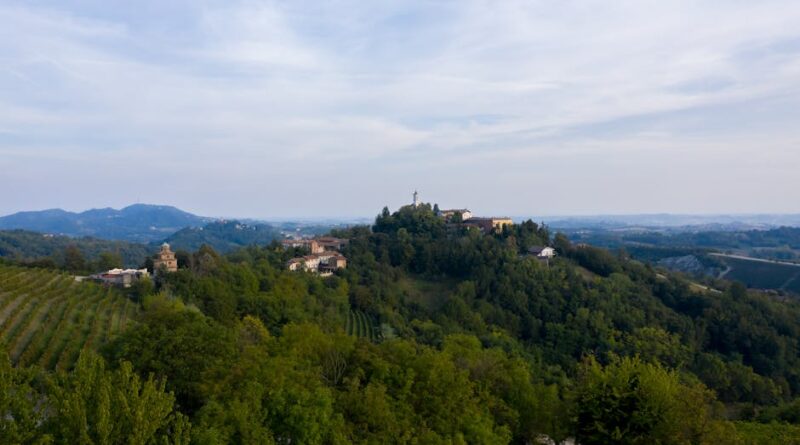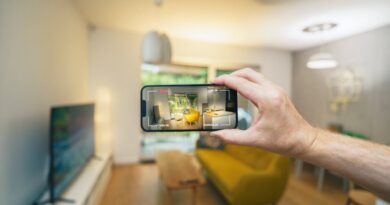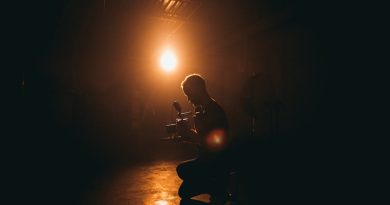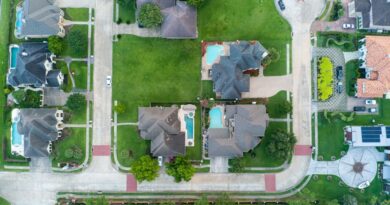Leveraging Live Drone Feeds for Virtual Open Houses
Welcome to the future of real estate marketing! Imagine being able to tour a potential new home from the comfort of your living room, seeing every detail up close and personal without ever stepping foot inside. This is made possible through the innovative use of live drone feeds for virtual open houses. In this article, we will explore the ins and outs of this cutting-edge technology, its benefits, applications, and future implications. Get ready to delve into the world of virtual real estate tours like never before.
The Rise of Virtual Open Houses
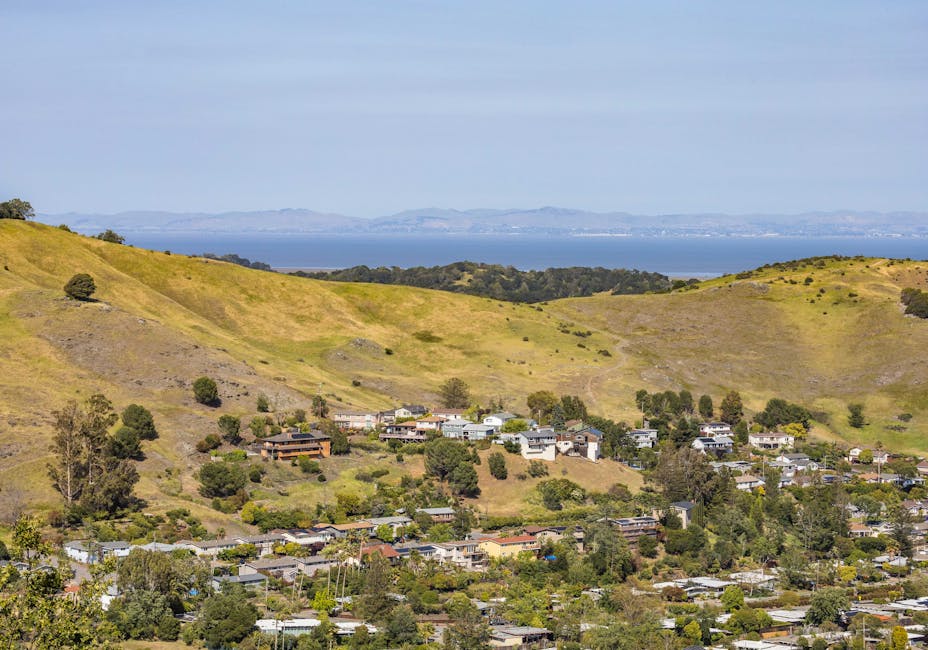
In recent years, virtual open houses have become increasingly popular in the real estate industry. With the advancement of technology, homebuyers can now explore properties online through 3D tours, virtual reality experiences, and live video feeds. This shift towards digital marketing has revolutionized the way homes are bought and sold, providing a more immersive and convenient experience for both buyers and sellers.
The Role of Drones in Real Estate
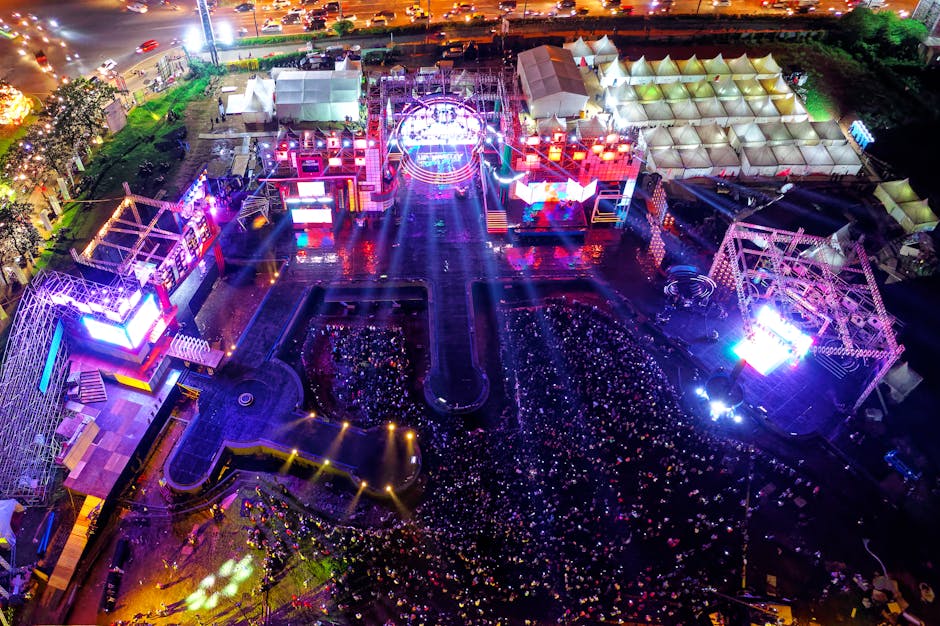
Drones, also known as unmanned aerial vehicles (UAVs), have been a game-changer in the real estate industry. These small, remote-controlled aircraft equipped with cameras can capture stunning aerial footage of properties, showcasing their unique features and surroundings. Drones provide a bird’s eye view of a property, giving potential buyers a better sense of its layout, size, and overall appeal.
Real estate agents and property developers have embraced drone technology as a powerful marketing tool. By utilizing drones to capture high-quality images and videos of properties, they can create engaging visual content that attracts more buyers. In addition to traditional photography and videography, drones offer a unique perspective that sets listings apart in a competitive market.
The Benefits of Live Drone Feeds for Virtual Open Houses
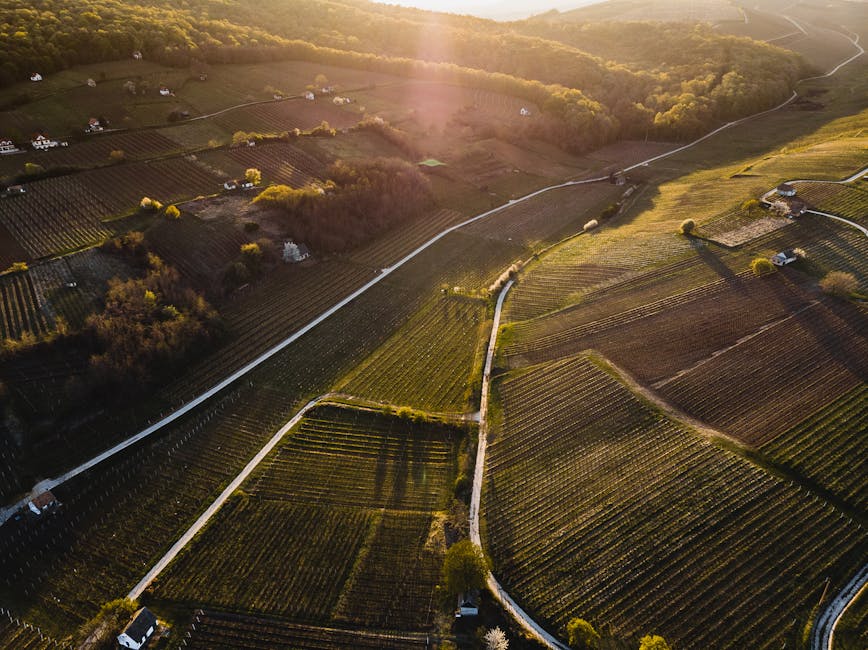
One of the key advantages of using live drone feeds for virtual open houses is the ability to provide real-time, interactive tours of properties. Instead of relying on static images or pre-recorded videos, live drone feeds allow potential buyers to explore a property as if they were there in person. This immersive experience enhances engagement and helps buyers make more informed decisions.
Live drone feeds also offer a more dynamic and engaging way to showcase a property’s features. Instead of just seeing photos or videos from a fixed perspective, buyers can control the drone’s movements and explore the property from different angles. This interactive experience creates a sense of presence and allows buyers to get a better feel for the property’s layout and surroundings.
Furthermore, live drone feeds can capture aspects of a property that are not easily visible from the ground. Aerial views can highlight features such as the size of the backyard, proximity to amenities, or the overall neighborhood layout. This additional perspective gives buyers a more comprehensive understanding of the property and its surroundings, helping them envision themselves living there.
Case Studies: Real-Life Examples of Live Drone Feeds in Action
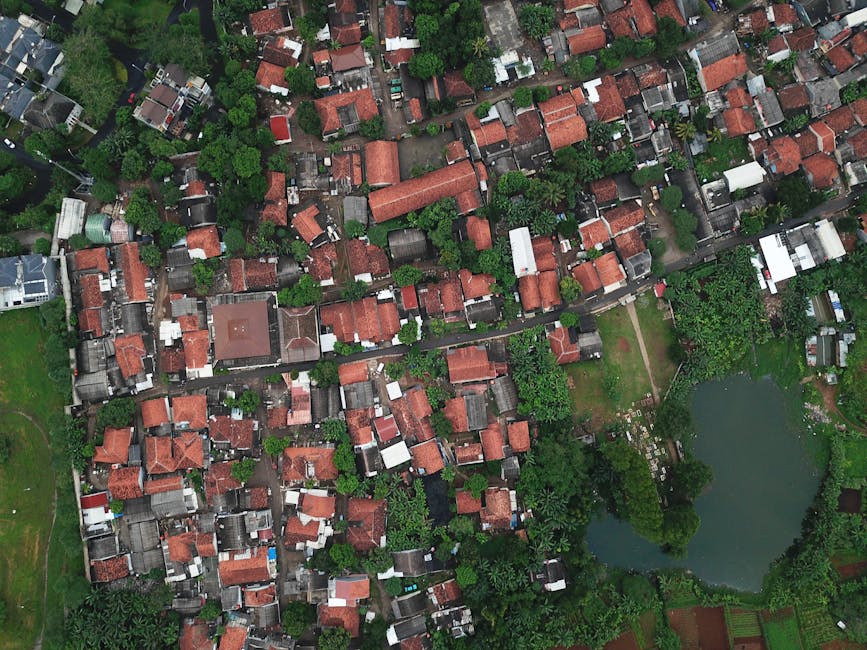
To better illustrate the impact of live drone feeds for virtual open houses, let’s look at some real-life examples of how this technology is being used in the real estate industry.
Example 1: Luxury Waterfront Property
In a competitive market where luxury properties are abundant, standing out is crucial. A real estate agent representing a waterfront mansion decided to use live drone feeds for a virtual open house to attract potential buyers. The drone captured stunning aerial footage of the property’s expansive grounds, private beach, and panoramic views of the water. The live feed allowed interested buyers to virtually tour the property in real-time, showcasing its unique features and location. As a result, the property received multiple offers and sold above asking price.
Example 2: Rural Retreat
For properties located in remote or rural areas, it can be challenging to attract buyers who may not be able to visit in person. A real estate developer promoting a secluded mountain retreat utilized live drone feeds to create a virtual open house experience. The drone captured breathtaking views of the surrounding mountains, lush forests, and nearby hiking trails. Potential buyers were able to explore the property from the comfort of their own homes, gaining a sense of the property’s privacy and natural beauty. This innovative approach resulted in a quick sale to an out-of-state buyer who fell in love with the property’s tranquility.
The Future of Virtual Real Estate Tours
As technology continues to evolve, the use of live drone feeds for virtual open houses is likely to become even more prevalent in the real estate industry. With advancements in drone technology, such as improved camera quality, longer flight times, and enhanced stability, the possibilities for showcasing properties in innovative ways are endless.
In addition, the integration of virtual reality (VR) and augmented reality (AR) technologies with live drone feeds could further enhance the virtual open house experience. Imagine putting on a VR headset and being transported to a property where you can interact with the environment in real-time, guided by a live drone feed. This level of immersion could revolutionize how properties are marketed and sold, bridging the gap between physical and virtual experiences.
Common Misconceptions About Live Drone Feeds
Despite the many benefits of using live drone feeds for virtual open houses, there are some common misconceptions that may deter real estate professionals from adopting this technology. Let’s debunk a few of these myths:
Misconception 1: Drones are Expensive to Operate
While drones can be an initial investment, the cost of operating them for real estate purposes is relatively low compared to the potential return on investment. Drones are becoming more affordable, and their use can lead to higher property visibility, increased buyer interest, and faster sales.
Misconception 2: Drones are Difficult to Control
Modern drones are equipped with advanced stabilization and GPS technology, making them easy to control even for beginners. With a bit of practice, real estate agents can learn to pilot drones effectively and capture stunning aerial footage of properties.
Conclusion
To wrap things up, leveraging live drone feeds for virtual open houses is a cutting-edge approach to real estate marketing that offers numerous benefits for both buyers and sellers. By providing real-time, interactive tours of properties, drones enhance the virtual open house experience, making it more engaging and immersive. As technology continues to advance, the use of live drone feeds is likely to become more widespread, reshaping how properties are marketed and sold in the future. Embracing this innovative technology can give real estate professionals a competitive edge and attract more buyers in an increasingly digital world.

